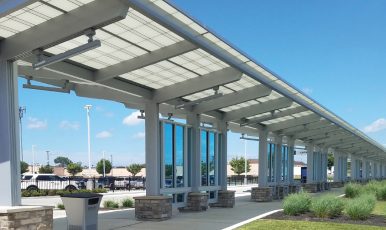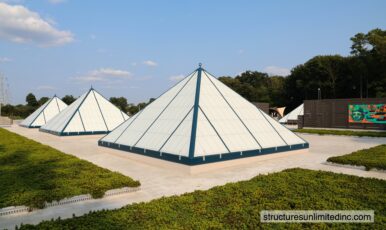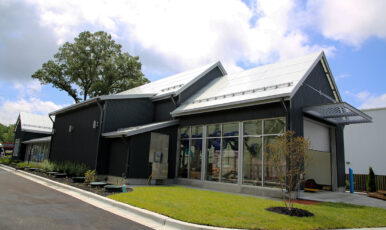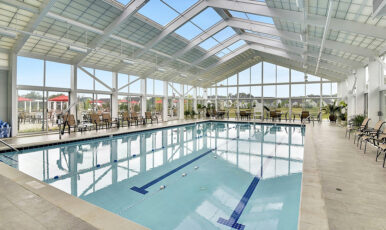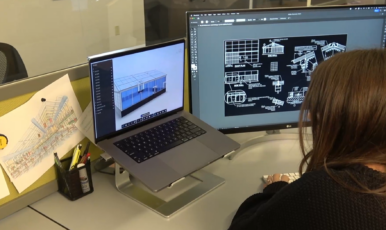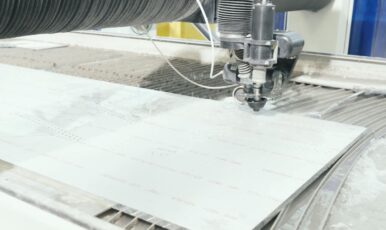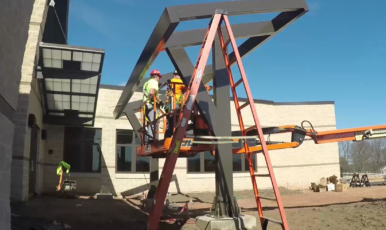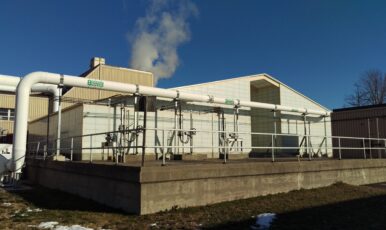SUI Helps Provide Clean Solution to a Dirty – and Money-Wasting – Problem
The biggest challenge facing the York Wastewater Treatment Plant in York, PA wasn’t processing the 26 million gallons of sewage that runs through its plant every day; it was trying to figure out how to cut down on an energy bill that was topping $63,000 a month.
Buchart Horn Engineering provided the solution and Structures Unlimited, Inc. of Bow, NH put the finishing touches on the project with a Wet Weather building that houses a key piece of the Capstone system.
The structure holds a skid-mounted methane gas purification system that helps provide the methane gas for one of the two Capstone microturbines. The system allows the plant to use methane gas created from the treatment of domestic wastewater to produce electricity and heat.
The combined heat and power system requires less maintenance, emits fewer emissions than the previous cogeneration system and is expected to reduce energy costs by more than $250,000 per year.
The project, which was funded in part through $4 million in state and federal funding, was cited in a guide by the U.S. Environmental Protection Agency to developing and implementing greenhouse gas reduction programs.
Structures Unlimited has a long history of providing key components for similar projects, as well as entire municipal waste water structures. Each enclosure is a custom-tailored Wet Weather building built from standard components designed to meet the individual needs of every project. This is reflected in the various methods in which structures with Kalwall® translucent sandwich panels can be designed, such as shed, hip and circular configurations.
Because the buildings are pre-engineered, prefabricated and pre-finished, they can be erected in days in any kind of weather and faster than other building systems for immediate use. The inside and outside surfaces are ultra-smooth to resist dirt, dust and bacteria build-up, and can be steam cleaned. Structures feature walls and roofs that are highly insulated to prevent potential freeze-ups and energy efficient to take advantage of solar heat gain during daylight hours.
